Wine is the healthiest and most hygienic drink there is
Louis Pasteur
Wine is the alchemy of grape and terroir: the components, of which there are around 250, differ depending on whether the soil is more or less siliceous, more or less ferrous, more or less acidic... Wine contains water, alcohol, sugars (glucose and fructose) as well as flavones - yellow colourings with calming and antidepressant properties - anthocyanins - red colourings with bactericidal and antiseptic properties - vitamins, minerals and amino acids. Wine also contains protective substances, such as OPCs - procyanidolic oligomers - which are 20 times more powerful than vitamin C and 50 times more potent than vitamin E. These OPCs protect collagen and elastin (responsible for the elasticity of the epidermis) from attack by free radicals. The balance of all these components means that wine is indicated for combating countless problems: fatigue, depression, high cholesterol, cardiovascular problems, skin diseases (psoriasis, eczema, scleroderma, etc.), eye problems (photophobia, watering eyes, etc.), digestive problems, nervous disorders, etc.
(Translated by me from ‘Les Remèdes de Santé d’Hildegarde de Bingen’ in the chapter on wine)
Awareness of what goes into the foods we eat has been on the rise ever since movements like farm-to-table, buying local, and the organic and biodynamic movements entered the mainstream. Awareness of what goes into wine on the other hand has been hidden from the public with the wine industry resisting transparency on the grounds the public would find listing ingredients confusing and incomprehensible. The public of course generally find that irrelevant, with the majority of the world blindly supposing that whatever they buy in a supermarket (despite lengthy, incomprehensible lists of chemical ingredients) has been approved for consumption by some kind of authority and therefore ok to eat.
Most people imagine that all wines are made with grapes and nothing else, and are therefore entirely ignorant of the 200+ legal ingredients that can be added to ‘improve’ wines. Not to mention the oft times dangerously high levels of pesticides, insecticides, fungicides and herbicides. Wine has an image of being natural and healthy and that image is sustained by marketing campaigns that always place it in beautiful settings where agriculture appears to be a lifestyle more than arduous, back-breaking labour.
There is some truth in that image (excepting the omission of the arduous, back-breaking work that is part and parcel of all real agriculture) when grapes are grown naturally, organically, and biodynamically and then vinified without artifice. But only between 10-20% of the world’s wines fall into that category. The rest are industrial products that are closer to the brazenly bereft vacuity of fast-foods, cosmetically engineered to give the illusion of taste.
As of December 2023, important new European wine labelling rules came into force. Henceforth, all wines produced and sold in the European Union (EU) must bear full details of their composition and nutritional value on the bottle. The full story is here, but good luck getting through it and making sense of all the articles and amendments. Never mind the fact that these labelling rules still seem to be absent from EU wines.
When they are applied, it will presumably make it easier for those who approach wine with the same spirit of informed selection as farm-to-table, organic, ecologically sustainable foods, to avoid industrial wine products. The result will be a rise in living wines from living vines as consumers learn just how many ingredients can be used to ‘improve’ wine. It will mean finding better wine sources - wine shops specialising in natural, organic and biodynamic wines that are true expressions of their terroir and that have real taste.
It will also mean placing wine on the same plane as food, because as we have declared in the title of this piece, wine is food. The nutritive, health benefits described above (when it is real, by which we mean grapes grown organically and biodynamically and vinified without additives) affirm its place as food and, thinking of it as such will encourage wine lovers to consume better and differently. Wine has always been associated with dining and is rarely consumed without food, and indeed should be. It is an integral part of the culinary experience and when you treat it as a staple of the table, you are bound to elevate it, which brings much greater joy in consumption. There is no joy in fast-food, just as there is no joy in industrial wines, as both lack any real nutritive value and so offer the illusion of satiety without nourishing the body.
Like food, it’s time to start making informed choices when buying wine. Applications like ‘Raisin’ help, and finding a wine shop near you that specialises in natural, organic and biodynamic wine will allow you to discover real taste while not drinking poison. Wine (again, when it is real) has been a muse for artists, writers, poets and philosophers through the ages, feeding the mind while giving food to the soul. Wine alone might not qualify as a meal, and ‘liquid lunches’ in some circles are not uncommon, though not recommended.

Making the statement that ‘wine is food’ is incomplete without considering its benefits as a ‘functional food’ (functional foods may be regarded as foods that have nutritional value, but in particular, that also have beneficial effects on one or more body functions, which is obviously the case given the long—but incomplete—list of health benefits cited at the beginning of this post), so there’s a lot more to say on the subject. Whether wine is food or not though matters little given its undeniable role in providing pleasure and shared enjoyment. Santé!
Thank you for letting me into your world and for reading the Paris Wine Walks Substack. Your support is invaluable as are your comments, suggestions, critiques, dreams, thoughts and remembrances. A little encouragement goes a long way, so please consider a paid subscription, which need cost no more than (a cheap) glass of wine per week. Or, book a wine walk!
My book, ‘The Hidden Vineyards of Paris’ (reviewed in Jancis Robinson’s wine blog, the Wine Economist, National Geographic Traveler UK, UK Telegraph) is available at ‘The Red Wheelbarrow Bookshop’ at 11 rue de Medicis, 75006 Paris. If you haven’t yet discovered this gem of a bookshop, now’s your chance. Open every day!
Wine Walks!
For more information, click on the underlined links:
Sparkling Wine Splash!
Share a sparkling, convivial moment with colleagues, friends or clients to celebrate the moment or to simply gather for fun.
Clos Montmartre - Paris in Your Glass
Paris' most famous wine producing vineyard
Latin Quarter Unbottled!
An insider's journey to the oldest wine neighbourhood in the city
Belleville Unbottled!
A winebar crawl that features some of the best winebars in the city
Wine Your Way Through the Marais
The Marais seen through a wineglass
Saint-Germain-des-Prés
Discover the vinous spirit of medieval Paris
3-Vineyard Cycling Tour
A comprehensive overview of medieval Paris
Paris Bottled!
Short on time? This one’s for you.

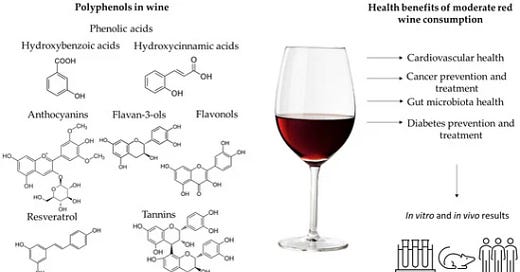


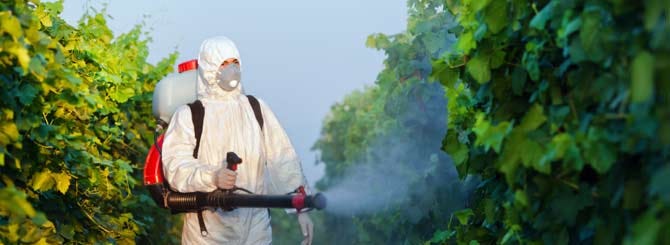
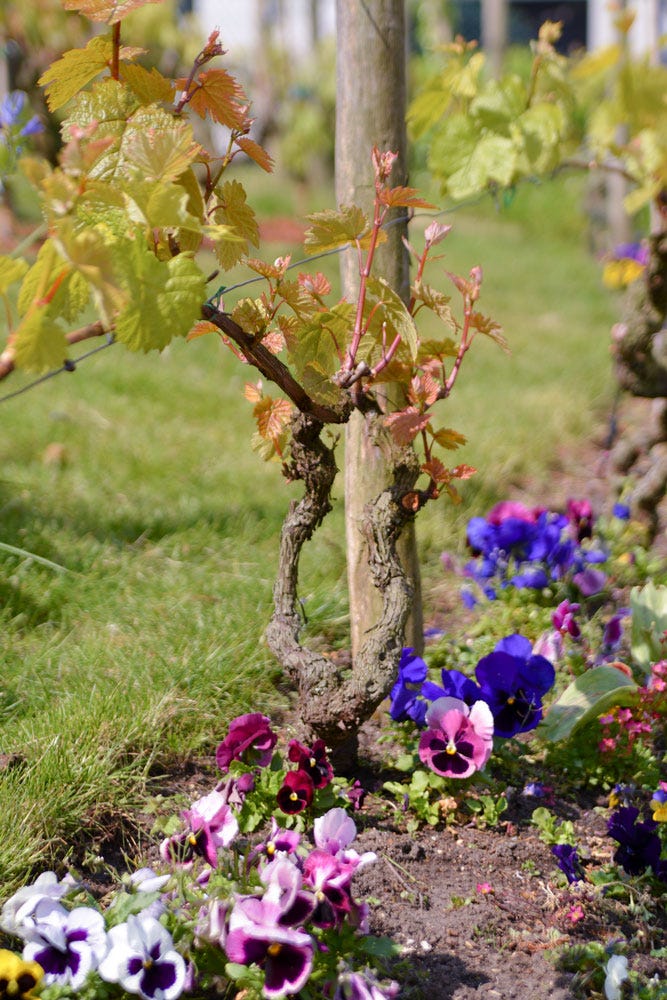
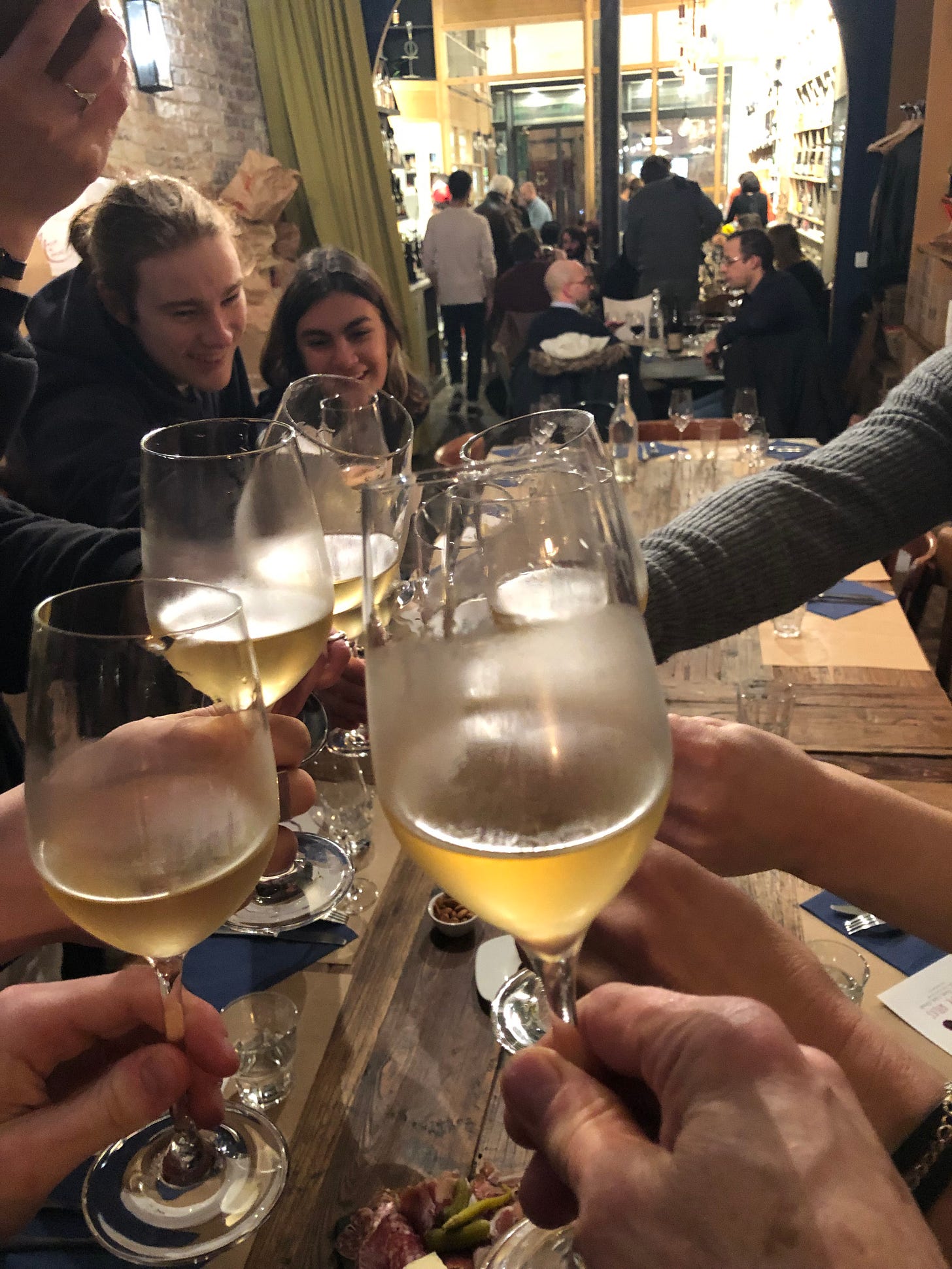
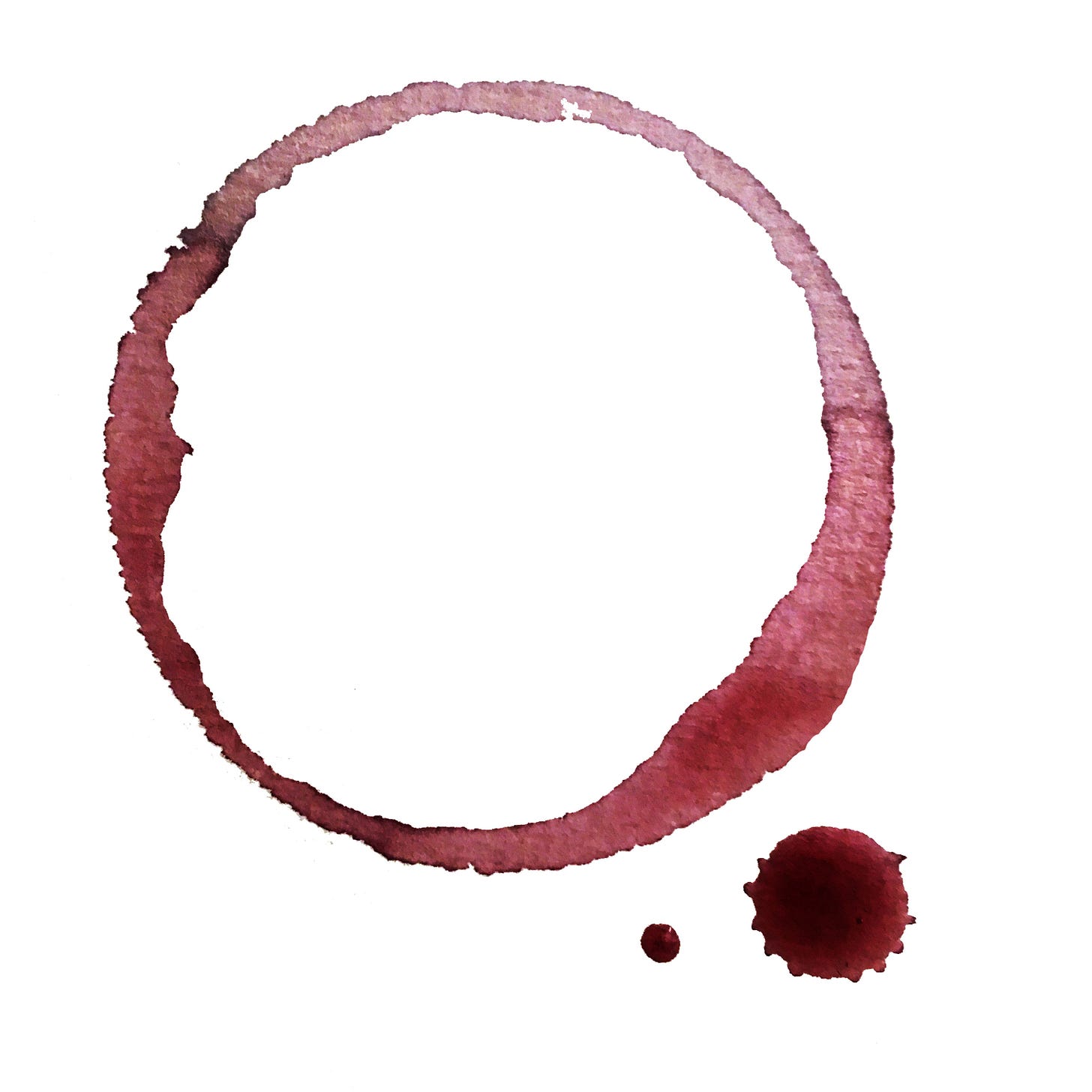
Wine is good.